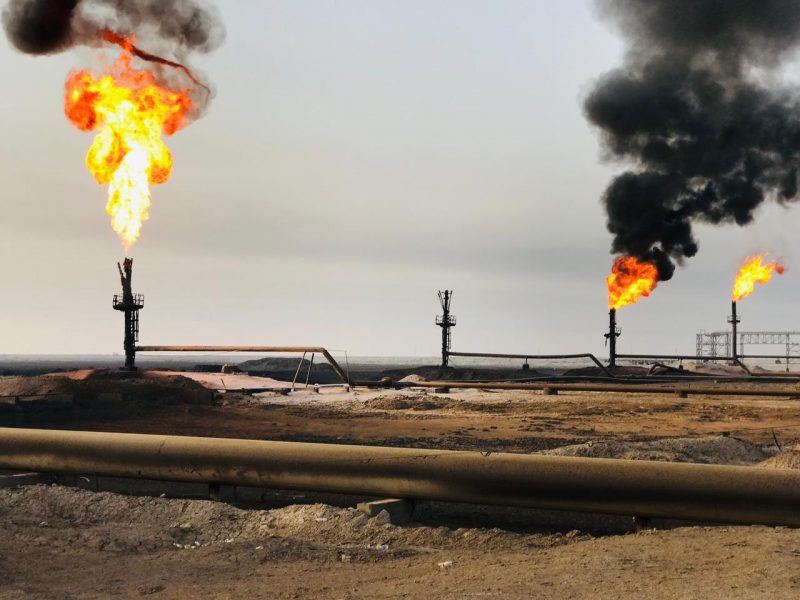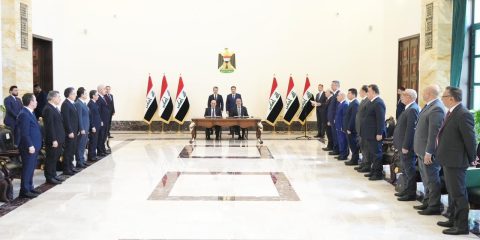Gas capture projects advance as Iraq aims to end flaring
Projects coming online this year could eliminate roughly 40 percent of Iraq’s associated gas flaring — a boost for the country’s economy, power sector, and climate goals.
Iraq is poised to make significant progress in its quest to capture more of the associated gas that is produced along with crude oil — a cornerstone of the government's efforts to improve electricity, support the national budget, improve public health, and meet new international climate pledges.
Due to decades of underinvestment, poor planning, and mismanagement, Iraq lacks the infrastructure to capture and process about half of the associated gas it produces. Instead, that valuable commodity — some 18 billion cubic meters (bcm) of gas annually — is burned in a wasteful process known as flaring, which is one major cause of global climate change.
Iraq is second only to Russia as the world's worst offender when it comes to flaring, according to the World Bank’s Global Gas Flaring Tracker. Iraq is also positioned on the leading edge of countries experiencing the most severe effects of climate change, including droughts that are reducing arable land and forcing internal migration, as well as increasingly frequent dust storms that have disrupted daily life.
The Iraqi government's stated goal is to eliminate both flaring and methane emissions by 2030. It has a long way to go: in 2023 the country was processing no more than 1.6 billion standard cubic feet per day (scf/d) of associated gas, according to Oil Minister Hayyan Abdulghani, whereas the World Bank pegged Iraq’s flaring at over 1.7 billion scf/d.
Iraq also appears to be on the cusp of achieving significant progress. In total, ongoing projects could add over 700 million scf/d of gas processing this year, which would increase the country’s capacity by about 50 percent.
Login to your account
Subscribe for news access
Annual News subscribers receive access to the full archive of Iraq Oil Report articles.





